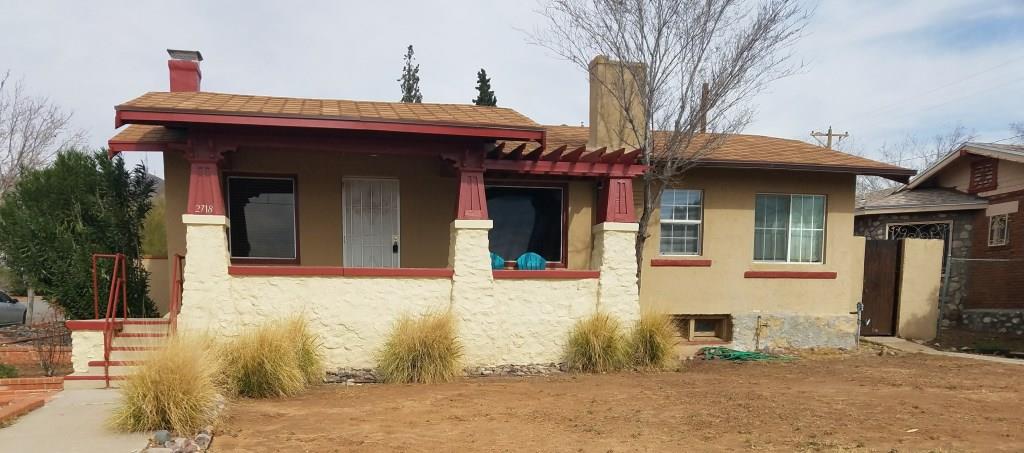The Both Sides / No Sides Zen Buddhist Community of El Paso and Juarez will be having our services Saturday, July 17, at 711 Robinson in the Kern Place Neighborhood of El Paso. Our weekly schedule also includes Wednesday morning sits (no chanting, only sitting) at 6am to 7am. All are welcome. Below are my comments about the Obon sesshin which I attended in Las Cruces this last weekend.
This last weekend I participated with nine others in the Obon Sesshin. Our host was Harvey Daiho Hilbert Roshi and the
Order of Clear Mind Zen in Las Cruces. The Obon celebration in the heat of the summer is the time to feed
the hungry ghosts. These beings reside in hell. They have tiny mouths and pencil thin necks perched like grotesque one-legged birds over huge ravenous bellies. The ghosts cannot stuff enough food and drink through those mouths and necks to ever fill those bellies hanging slack over their belts and starving for nourishment. To prepare for the Obon ceremony at the end of sesshin the cook (tenzo) bakes a small cake and cuts it into equal pieces. Each helping of cake is then gift wrapped for the ceremony and placed on the altar.
Before the final ceremony one of our Sangha members spoke to the rest of us. She is a recovering addict, and she understands deeply the nature of hungry ghosts. She indeed understands that she was, and is, a hungry ghost. She never could get enough drugs to satisfy her craving. She asked us to think about addiction and addicts and her own practice during the ceremony. So at the appropriate time, the bells rang and we took turns approaching the altar. Each of us bowed to the Buddha, took a package of cake, offered the cake to the Buddha and to the hungry ghosts, saying our own private prayers as we did so. The recovering addict did likewise but she crumpled her piece of cake into pieces inside the wrapping. She wanted to make sure the hungry ghosts could nibble at the food and swallow it. She wanted to save them, she wanted to save too herself and the rest of us. She wanted to save all sentient beings. We are all hungry ghosts in one way or another. After services, the pieces of cake are unwrapped and scattered in the desert.
I brought a package home. Monday morning, remembering all of this, I wondered what happened to my package. So much confusion and family stuff when I got home, I had forgotten it. But happily I found it in my car. Like my friend taught me I broke up the cake into thousands of small pieces and scattered them through my yard, feeding the hungry ghosts, praying for my family, the sangha, my friends, the people of Juárez, for all sentient beings. Of course, Zen is not magic, the hungry ghosts are not real beings, hell can only be found in our own delusions and so feeding the hungry ghosts is only an exercise, a way of remembering. The only way to feed the hungry ghosts is to take our practice out into our worlds—our families, our sangha, our places of work, our neighborhoods. This is our practice hall. Right now.
--Bobby, Kankin
Los Sesshinistas after the concluding ceremony
A flowering datura plant (jimson weed) in the early sunlight
that Reba Montera and I saw on our way back to sesshin
after our morning sit in the city park.
Beware the datura. It's poisonous but beautiful.










